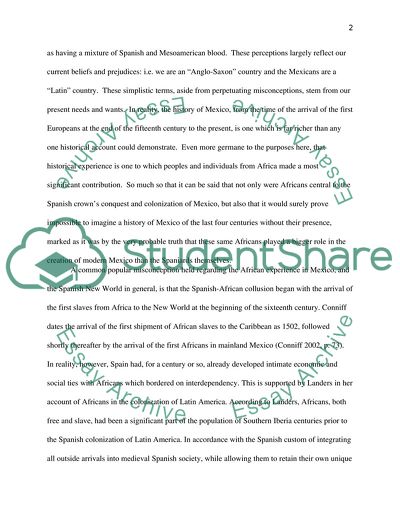Cite this document
(“Africans in the conquest of mesoamerica Essay Example | Topics and Well Written Essays - 2250 words”, n.d.)
Africans in the conquest of mesoamerica Essay Example | Topics and Well Written Essays - 2250 words. Retrieved from https://studentshare.org/miscellaneous/1561362-africans-in-the-conquest-of-mesoamerica
Africans in the conquest of mesoamerica Essay Example | Topics and Well Written Essays - 2250 words. Retrieved from https://studentshare.org/miscellaneous/1561362-africans-in-the-conquest-of-mesoamerica
(Africans in the Conquest of Mesoamerica Essay Example | Topics and Well Written Essays - 2250 Words)
Africans in the Conquest of Mesoamerica Essay Example | Topics and Well Written Essays - 2250 Words. https://studentshare.org/miscellaneous/1561362-africans-in-the-conquest-of-mesoamerica.
Africans in the Conquest of Mesoamerica Essay Example | Topics and Well Written Essays - 2250 Words. https://studentshare.org/miscellaneous/1561362-africans-in-the-conquest-of-mesoamerica.
“Africans in the Conquest of Mesoamerica Essay Example | Topics and Well Written Essays - 2250 Words”, n.d. https://studentshare.org/miscellaneous/1561362-africans-in-the-conquest-of-mesoamerica.


